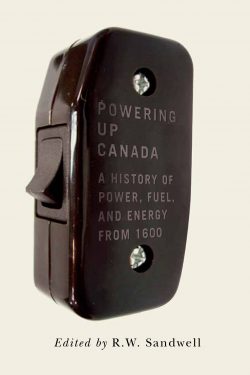#197 Power to the people
Powering Up Canada A History of Power, Fuel, and Energy from 1600
by Ruth Sandwell (editor)
Montreal and Kingston: McGill-Queen’s University Press, 2016.
$37.95 / 9780773547865
Reviewed by Dan Gallacher
First published Nov. 7, 2017
Years ago I likened history to a diamond. Each time it is turned in the light, another facet is revealed. And the more it rotates, the greater the number of ways it is seen.
Those who would mount such a precious jewel in a fixed setting blind themselves to the full beauty of the stone.
Such a rigid setting is not a problem with Powering Up Canada: A History of Power, Fuel, and Energy from 1600, which offers differing angles and perspectives in essays by fifteen scholars ranging from environmental historians to historical geographers, from agriculturists to educators, and even one history-minded lawyer keen on animal welfare.
Editor Ruth Sandwell reveals the breadth and depth of our nation’s energy use since European settlement began. She divides the subject between two epochs, the “organic” and the “mineral,” and then takes a hard look at the main forms of power over the Canadian past.
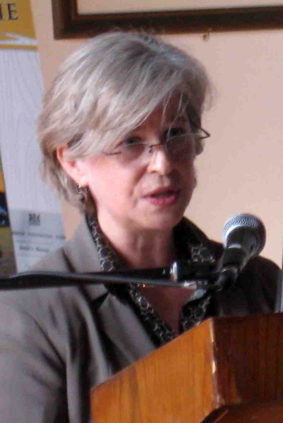
We all know the refrain “wind, wood, and water,” to which animal effort is added. These sources of power are the essence of organic energy and the basis of work to the end of the nineteenth and well into the twentieth centuries. More recently we have relied on coal, hydroelectricity, petroleum, natural gas, and nuclear power. All are covered in fine essays in this ambitious book.
The essays presented here address these sources of power, energy, and fuel in overviews of locations, production, transport, uses, and economic, social, or environmental impact. They reveal and illuminate additional facets of the Canadian past and offer a wealth of information and synthesis to historians of mining, the economy, and the environment.
First up is the fur trade. George Colpitts depicts the vital importance of calorie input to voyageurs and Indigenous people pushing beyond Lake Superior into the western and northern reaches of Canada. He points out that the trade had stalled by the 1770s due to inadequate food supplies carried from either Montreal or Hudson’s Bay; the corn-based or wild rice rations transported to the west were at once short in energy and low in volume, thereby depriving men of the muscle power needed to paddle and portage up to a standard fourteen hours per day.
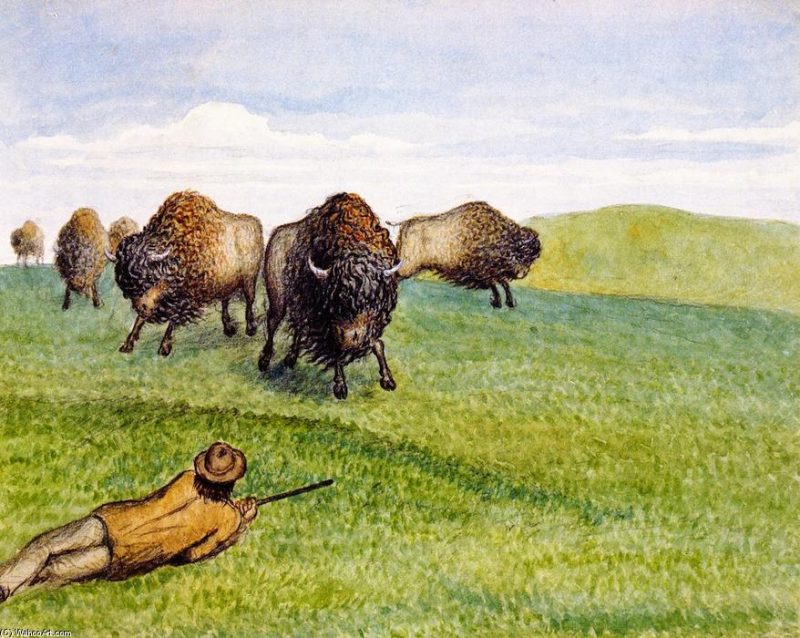
The arrival of fur companies in the west also introduced traders to a fabulous new source of high energy foodstuff – pemmican — made by Native and later Metis women from bison meat and fat and dried berries compacted into portable pouches. The relative importance of this new energy source is revealed by the calorie ratio per pound of pemmican (3.5) compared to corn (1.9) and wild rice (1.6).
Moreover, so abundant and widespread were bison herds that food supply never became a problem for the next century. But within this bounty lay increasingly serious health, ecological, and economic problems for traders and Natives alike that Colpitts explains and explores in depth, including the drastic reduction of bison herds on the Canadian Prairies.

While Colpitts traces the high benefits and harsh costs of dramatically increasing human work capacity on the frontiers through better diet, J.I. (Jack) Little describes in detail how larger animals — horses and oxen — were vital in the rise of farm outputs, both acreage and quantities from the seventeenth century until at least the 1920s. The power of these animals also grew, largely due to importing specialized breeds from Europe, Britain, and the United States for their endurance or strength.

Dryland farming on the Prairies was ideal for horse work in the winter while oxen often dominated summer plowing of hard, rutted soils. Of the two, horses were by far the most useful in the realms of marketing produce and consolidating social structures among rural populations. But an equally important result of maintaining large animals on farms was their manure outputs – another great source of organic energy in early Canada! In towns and cities, horses were also a key source of power for two centuries, until they became either an obstacle or nuisance in city growth, as was the case after World War One.
Joanna Dean and Lucas Wilson divide the work of the urban horse into two roles: assisting in powering various mechanical outfits, including sawmills, construction hoists, water ferries, street railways, or pump stations. Horses were also essential in transporting goods, fire and police detachments, linking ship or railway passengers to final destinations, and hauling townsfolk in cabs or carriages.
Such activity helped prove the versatility of organic power in population centres, but horses themselves– temperamental, prone to injury or disease, and befoulers of stables and streets — ultimately were regarded as more trouble than they were worth. They did not last long in towns (as opposed to farms) once motor or electric powered vehicles and machines had made their appearance.
Rounding out the picture of organic energy in early Canada are essays on wind, wood, and water by Eric Sager, Joshua MacFadyen, and the team of Jenny Clayton and Philip Van Huizen.

Very few natural resources are as versatile as wooden products, whether for building, transport, protection, or scores of other uses. Both Indigenous people and settlers employed them all, but mostly as fuel. Wood, of course, is also a fuel in itself whereas wind and water are merely means to move materials.
Settlers needed three main resources from their lands – soils, water, and especially trees. As early rural populations were small, their woodlots were in plentiful supply, MacFayden shows, not only to serve their own energy needs but also to equip hamlets, villages, towns, and rising cities. Even as industries shifted from small-scale manufacturers to large production plants, the reliability and scale of wood fuel helped the latter hold on tight in the twentieth century, not only to generate vast quantities of steam for the work world, but to provide the primary energy supply for home heating and cooking.

Yet what of wind? It also had an important role leading up to the age of steam. But according to Eric Sager, prior to 1900 “wind power could not be commodified.” Even though the energy of wind is plain to see in sailing, milling, pumping, and turbine flow, and especially in ocean shipping and in windmills located on ideal windswept ground, this pure power source was constrained both by geography and specific applied uses. Sager makes it clear just how the early reliance on wind was limited by nature itself.
Was the same true of water as a power source before the Second World War? Yes, but not as constricted, according to Clayton and Van Huizen, who do an admirable job of tracking down all the various applications of water energy to Canada’s economy and society, and judge them to be highly positive uses overall. But it is on the environmental side, even in the pre-industrial era, that they find waterpower’s negative side. They conclude that water on its own as a power source (relying on gravity) had reached its limit as a prime mover by the time of the Klondike Gold Rush.

This is where Powering up Canada turns to the second “regime” – energy from mineral wellsprings. Coal, petroleum, and natural gas are versatile fuels able to generate heat, light, or power directly through devices designed by humans. We tap into and adapt two additional modern energy sources: Hydro is the force of water cascading down from dams in vast quantities to turbines below that transform the energy into electricity, our main power now for industrial, commercial, and domestic work or comfort; and nuclear power (not for weapons), used primarily to heat water, which in turn produces steam for stationary uses chiefly in electrical generation stations.
First to consider, however, are the three carboniferous fuels. Andrew Watson’s fact-filled essay on coal’s role in Canadian history convinces readers that this energy source is the bridge between old power and new.

Moreover, Watson outlines exactly how Canada’s deposits of anthracite, bituminous, and lignite coals – their quality in that order – had the power to transform the nation from scattered population posts relying for growth upon harvesting furs, food, and trees to large or small cities adjacent to easily mined and transported fuel ideal for railways, manufacturers, or utilities.
Still, this mineral energy source, abundant as it is, had to rely upon large labour forces to mine and transport it across large distances, particularly into central Canada where coal did not exist in nature. Watson describes how for nearly eight decades coal dominated the nation’s need and desire for high energy in the form of compact, low cost fuel in industries and households. In this he includes both charcoal and coking coal — more pure, manufactured derivatives, much richer in carbon, and thus greater in energy per pound.
Watson does not hesitate to point out in detail the deleterious health effects – mining disasters, toxicity in air and water, urban fire emergencies. And he also charts coal’s rapid decline as our chief national energy source, from 53 percent in 1948, to 19 percent in 1960, to 12 percent in 1975.
He also touches on western Canadian coal as a major export to Asian steel makers, thus ensuring new markets for Canada’s “bountiful” coal reserves.
Today we take hydroelectricity for granted owing to the ubiquity of its applications and low unit costs, according to Matthew Evenden and Jonathan Peyton, but the arrival and grasp of this modern energy source was troubled and very often sporadic. Scientists and engineers knew from the time of Michael Faraday (1791-1867) how large-scale power could be generated by electromagnetic rotary equipment, such as those employed today in hydroelectric dams or steam driven generating plants.
Evenden and Peyton begin their Canadian hydro saga in the 1890s when this country adopted the advances made in Europe and the United States that created “a great burst of technological enthusiasm” extending first from Ontario’s Niagara and Quebec’s St. Lawrence regions and then west to the Corderilla’s mountainous terrain in Alberta and British Columbia, where supplies of fast-running waters dropping through narrow ravines cried out for dam building, so much so that thousands — large or small — were constructed across this nation by 1900.
The speed of building high voltage transmission lines, transformer stations, and urban electrical grids was equally rapid, driving back coal, wood, and animal power far to the rear. But as with those energy sources, hydroelectricity’s negative side soon showed in forms of regional blackouts, environmental damage, population dislocations, or political battles.

The latter is especially true in the case of Quebec Hydro, which shortchanged Newfoundland in exporting the latter’s power derived from the Churchill Falls project to the northeastern States at bargain rates, and in BC Hydro’s current Peace River “Site C” megaproject, which threatens traditional Indigenous lands with farmland flooding and animal habitat hunting losses.
And as these authors also indicate, hydroelectric deliverance from the filthy fuels of yesteryear is a myth, insofar as jurisdictions far from big flowing watersheds still rely on new uses of highly polluting coal – sub-bituminous or lignite – to create huge banks of steam driven turbines literally on urban doorsteps.

Next up in Powering up Canada is petroleum and its handmaiden, natural gas. This book devotes two essays to those topics. Steve Penfold, twentieth century historian of consumerism, energy, and fast foods (including Canadian donuts), describes the relentless drive to take oil from below ground in tremendously increasing volumes after 1950, which utterly transformed Canada’s transportation energy use for its roads, rails, and waterways, as well as putting us increasingly in the air. Oil is also refined into various fluids from light to heavy, greatly increasing its versatility as fuel, catalyst, or lubricant.
Colin Duncan and Ruth Sandwell then chart the equally rapid rise of gas (manufactured and natural) in the nation’s economy. Whereas the first uses of gas were for lighting and localized heating, and derived from distilling heated coal or wood, later applications included steam generation and large area heating. The two latter applications resulted from tapping western Canada’s vast natural gas reserves.
Initially thought of as a waste product of oil drilling, and simply burnt-off at the wellhead, Canadians, like others, soon developed gas pipelines that are so lengthy and interconnected that today virtually all of southern Canada is supplied by gas from northern Alberta, Saskatchewan, or British Columbia.
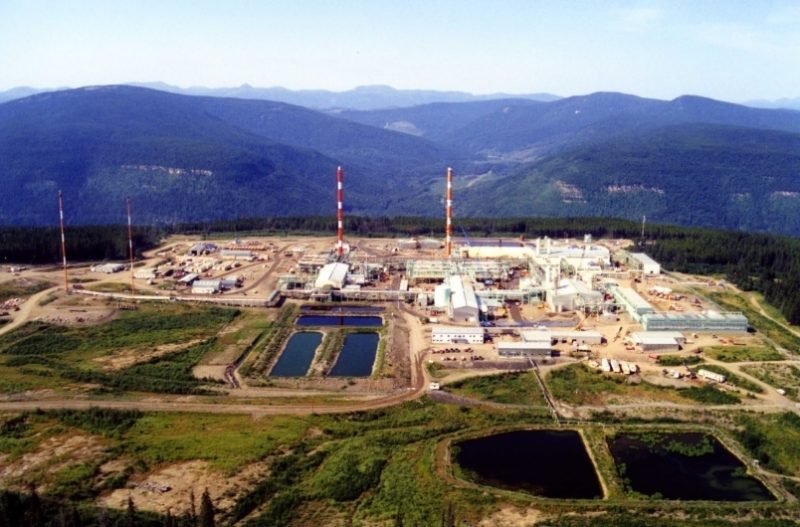
Indeed, so plentiful is this energy source that natural gas became a major export commodity to the USA and the subject of a recent attempt to construct a liquefied natural gas conduit from the Peace River District by pipeline to compressors at tidewater in British Columbia, and then into tankers to be aimed at Asian markets.
Yet as with all other very large-scale energy uses, there were scores of drawbacks. Pipeline construction, for example, causes real disruptions to farmlands, hunting grounds, fish streams, harbours, and other locations. Nor is natural gas without the capacity to greatly pollute the atmosphere (though less per petajoule than petroleum).

Completing these fascinating essays on our country’s historical involvement with its various sources of energy is Laurel Sefton MacDowell’s essay on nuclear power, from the 1930 discovery of uranium deposits on Great Bear Lake’s eastern shore to the military employment of atomic energy and to the electrical generation of the present day. These radioactive ores are found mainly to date in the Northwest Territories, northern Saskatchewan, and northwest Ontario at Elliott Lake. Exporting uranium to the United States resulted in several applications, but none as profound or alarming as America’s vast manufacture of nuclear and later thermonuclear weapons. Canada did not follow suit. Instead, our country industrialized its efforts with nuclear power in the realms of radioactive isotopes for medicinal use and heat energy from controlled fission to create steam for large-scale electrical plants. Both employments became major government-supported exports, particularly the CANDU reactors programme aimed chiefly at developing Asian nations.

Nonetheless, nuclear power, like all others we note above, had periodic disastrous impacts. In uranium’s case, these are highly toxic disposable wastes, severe water pollution, and human radiation poisoning. In fact, MacDowell is critical of all the players in Canada who have contributed to the development and uses of nuclear energy. She sees little hope that we can either reform or redeem our pursuit of this most long-lasting environmental polluter.
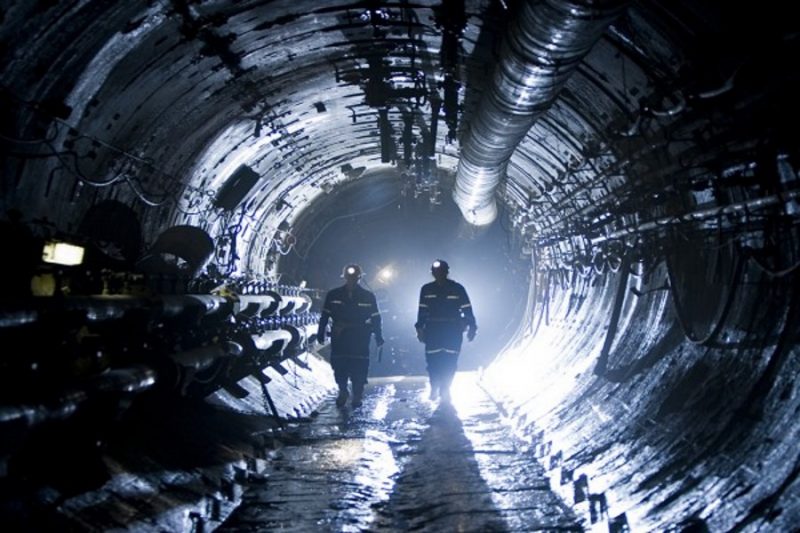
To help us grasp the technicalities of these energy, power, and fuel sources, Sandwell provides an excellent introduction to Powering up Canada complete with superb colour maps, graphs, and tables. Indeed, all these essays are fully documented by footnotes, statistics, appendices, bibliographies, and indexes.
For those readers perhaps puzzled by scientific or technical terms, Colin Duncan, environmental history specialist, includes a mind-stretching “Primer on Technology” containing all the data and details needed to understand the book’s complex vocabulary.
Here, then, is a synopsis of the main contents of this fine book. We must no longer overlook all the revealing facets of the impressive diamond alluded to at the outset of this review. Sandwell and her contributors illuminate angles and facets of our national experience that have been taken for granted without being properly understood.
*

Dr. Dan Gallacher is among Canada’s foremost museum historians and curators. His career spans four decades in research, acquisitions, and exhibitions. He completed his Ph.D., “Men, Money, Machines: Studies Comparing Colliery Operations and Factors of Production in British Columbia’s Coal Industry to 1891,” at UBC in 1979. Among his major permanent installations are the Modern History Galleries at the Royal British Columbia Museum, where he served as chief curator from 1969 to 1988, and the Canada Hall at the Canadian Museum of Civilization, when he was Director of History between 1988 and 2002. Along the way he worked with talented historians, archaeologists, ethnologists, designers, conservators, artists, educators, interpreters, webmasters, managers, and administrators. He is author of “The Canada Hall: A Museum Approach to Epic History” (366 pp., 2009), and he played a lead role in the “Making Medicare in Canada” website (2010): http://www.museedelhistoire.ca/cmc/exhibitions/hist/medicare/medic00e.shtml Retired and living in Kelowna, Dan continues to write, consult, lecture, and participate in both historical and museological studies both locally and nation-wide. He is also Curator Emeritus at the Canadian Museum of Civilisation.
*
The Ormsby Review. More Readers. More Reviews. More Often.
Reviews Editor: Richard Mackie
Reviews Publisher: Alan Twigg — BC BookWorld / ABCBookWorld / BCBookLook / BC BookAwards / The Literary Map of B.C. / The Ormsby Review
The Ormsby Review is a new journal for serious coverage of B.C. literature and other arts. It is hosted by Simon Fraser University. The Advisory Board consists of Jean Barman, Robin Fisher, Cole Harris, Wade Davis, Hugh Johnston, Patricia Roy, David Stouck, and Graeme Wynn.
“Only connect.” – E.M. Forster

